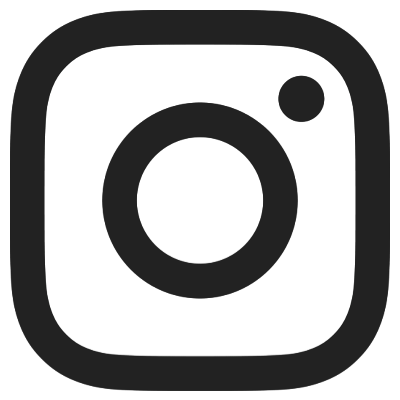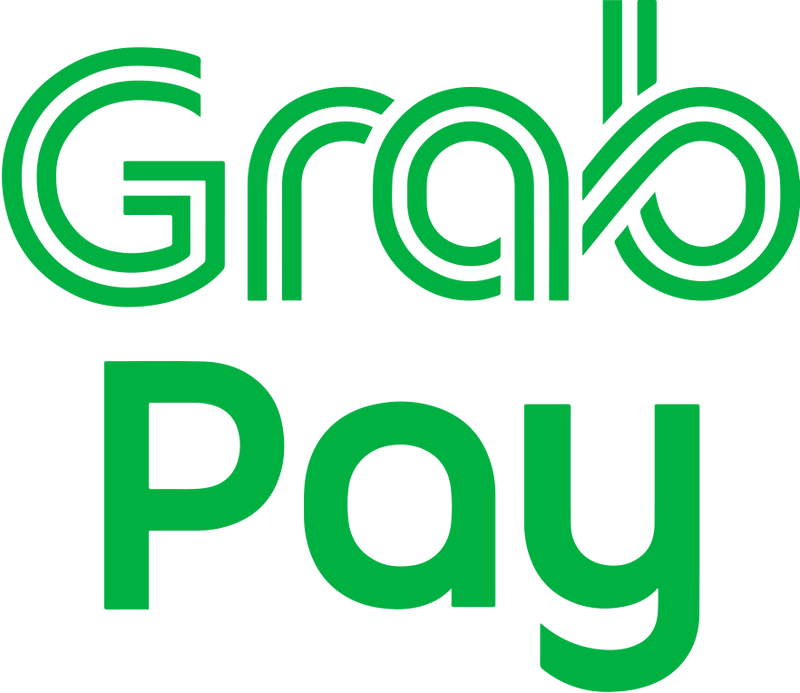“Nothing about us, without us”—Conversation on Representation and Tokenism
By Teo Xiao Ting

Featuring Cassandra Chiu, the author of A Place For Us, Dr Dawn-joy Leong, an autistic artist-researcher and Laika Jumabhoy, spoken word poet and senior case manager at SACC in AWARE, the third iteration of Meeting in the Middle was hosted on The Moon on 29 March. For a dialogue about making space for disability in literature and the media, we were heartened to see the place filled with people who have chosen to spend their Friday evening with us.
We touched on many questions, ruminated on their possible answers. Here are some nuggets that have stayed with me till now…
How have things for persons with disabilities changed over the past 10 years?
Even though there are drastic infrastructural changes, such as tactile flooring and ramps, the attitudes of people are still intolerant. Granted, there’s a lot more awareness now, but more needs to be done. Laika shared that even though there are more ramps available now, sometimes they end abruptly with stairs, or she'll be walking along a flat path, only to meet a giant tree in the middle of it, and she will be forced to stop and find a detour. The looks that people give her on a day to day basis make her feel as though she is a burden for simply wanting to get to where she wants to go as well. This sentiment is not uncommon—when we view access needs as accommodations, the language suggests it as an inconvenience, rather than a need or freely shared resource. Societal attitudes contribute as much, if not more, to how accessible our world truly is.
Dr Dawn-joy Leong also shared that mental and physical disabilities are often lumped together, even though they are so very different. An example she gave is that as an autistic person, bright lights and loud sounds can be painful due to its sensorial intensity. Autistic persons experience sensory overload at times, and the difficulties that this presents are fundamentally different from say, the difficulties stairs present to wheelchair-users.
What is the language we should use? Is it persons with disabilities / disabled persons / something else altogether?
We don’t quite have the same conundrum with “normal” people, do we? We usually just refer to each other by name. So why is this different for persons with disabilities? There was a soft gasp in the room when Laika questioned why people focus so much on what to call her when in fact, her name is simply Laika, or the woman with an intricate shawl. It differs from person to person, so in doubt, just ask! People are less fragile than we think, if we trust their autonomy. This leads to my next nugget, but let me tell you more about what the panellists said first.
Dawn shared that for the autism community, individuals are becoming less ashamed of their identity, and for her specifically, she owns her identity as an autistic person. She is an autistic artist-researcher, proudly so, thriving so. Cassandra gave a candid answer that she doesn’t mind being called blind, because she is blind. What she minds is when “blind” is used as an insult. Our hesitations when it comes to what language to use sometimes reveal more about our implicit (internalised, perhaps) biases rather than sincere uncertainty.
In literature/popular media, why are characters with disabilities often portrayed as inspirational figures or comic relief, or some other extremes?
Cassandra brought up the point that perhaps it is our culture, so rooted in charity, that led to this phenomena. She elaborated that when disabilities are in the picture, we tend to see it as a matter of pity or charity because there is a need to do good. But the problem with this is that we place a power differential between “us” and “them” before we even try to understand the people we want to “help”.
There is also a perception that it is amazing for someone with disabilities to go about their daily life. Dawn rightly pointed out that we hardly see media representations of persons with disabilities doing their daily routine that is not centred on their struggles. This could be why some feel it is applause-worthy when someone who is, say, blind brushes their teeth. But everyone brushes their teeth daily, it is not something spectacular or something to be wowed about. What does this say about our expectations of someone’s capabilities when we are amazed at their ability to do something as commonplace as taking care of their oral hygiene?
While persons with disabilities navigate the world in different ways, the truth is that they have been thinking and finding ways to go about their normal lives for the longest time; for their entire life ever since, actually. When Laika is simply standing, she laments that there will at least be one well-meaning person who will ask if she is okay. This is different if she just fell down the stairs. In that case, yes, she does need help but it is not any different from anyone else who tumbled down the stairs.
“I am just standing here waiting for a friend! I am not in need of help just because I stand differently from you, or you.”
So what can we do?
“Nothing about us, without us”
This is a tagline that’s been circulating among disabilities advocates. Just as how one won’t ask doctors to run a lawyers’ association, we should have persons with disabilities on committees that are serving these communities. We can include persons with disabilities in our stories as any other characters—be it a backstabbing best friend, or a high-flying corporate leader. It is a storyteller’s responsibility to create nuanced characters that are not simply based on a single facet of their person, and we are all storytellers in our own right—even in our daily conversations with friends or strangers. What we can do is to take a long hard look at our own internalised biases, and not exoticise or have tunnel vision when it comes to disabilities. They have other traits too, they are not just their disabilities even though their experience of the world is indeed coloured by them.
Instead of referring to a person as a “blind woman” or a “poor cripple”, perhaps we can simply say: the person with a brightly coloured, beautiful shawl.
About Meeting in the Middle
Meeting in the Middle is an annual conversation organised by Ethos Books as part of International Women's Day. For our first edition, we brought together authors to talk about the intersections of identity, being SEA writers and reading SEA women writers. Subsequently, we convened outstanding women from the fields of theatre, academia and civil society, where they spoke with each other about the stories they choose (and the ones that chose them), and how they tell these stories in their lines of work.






